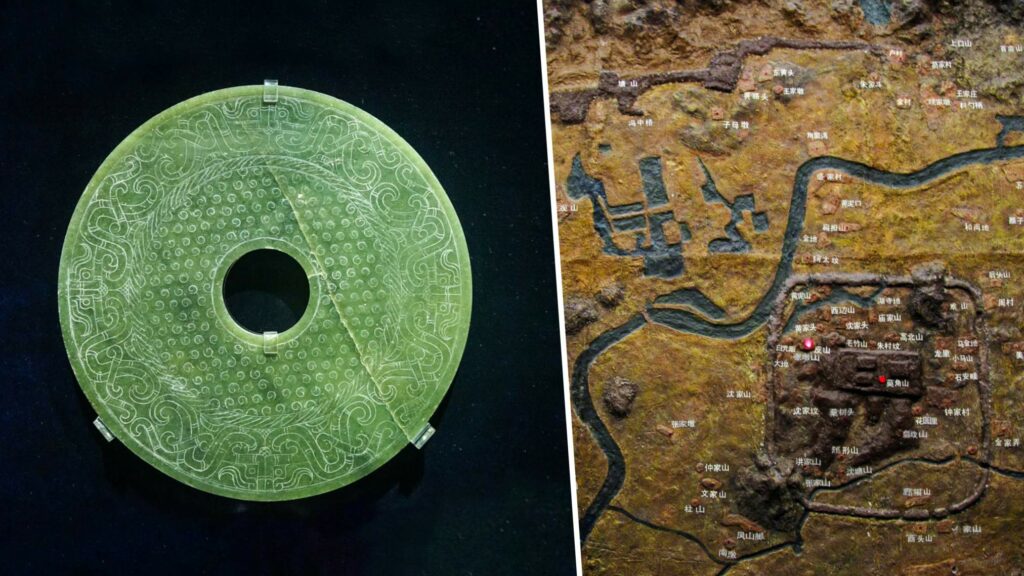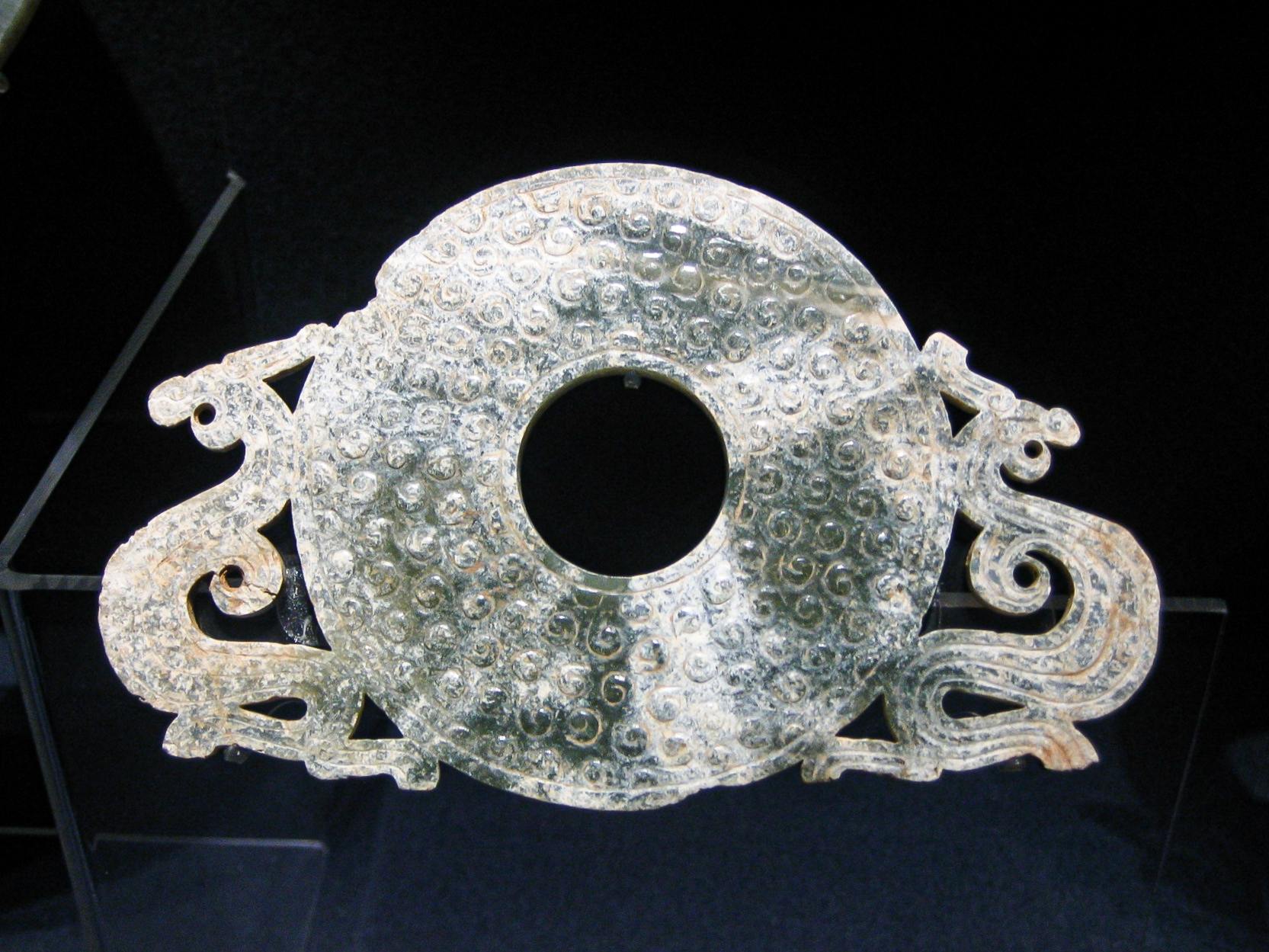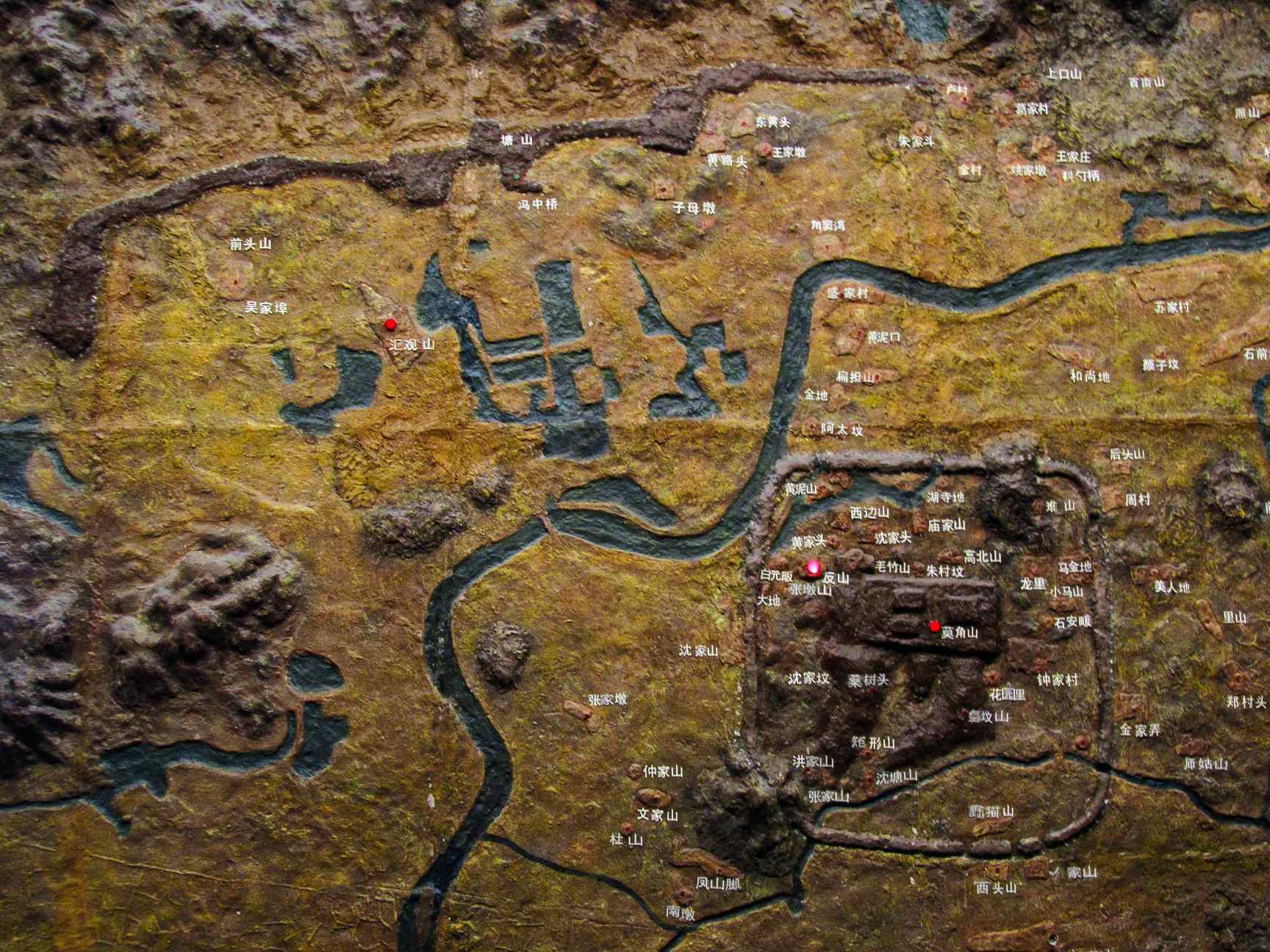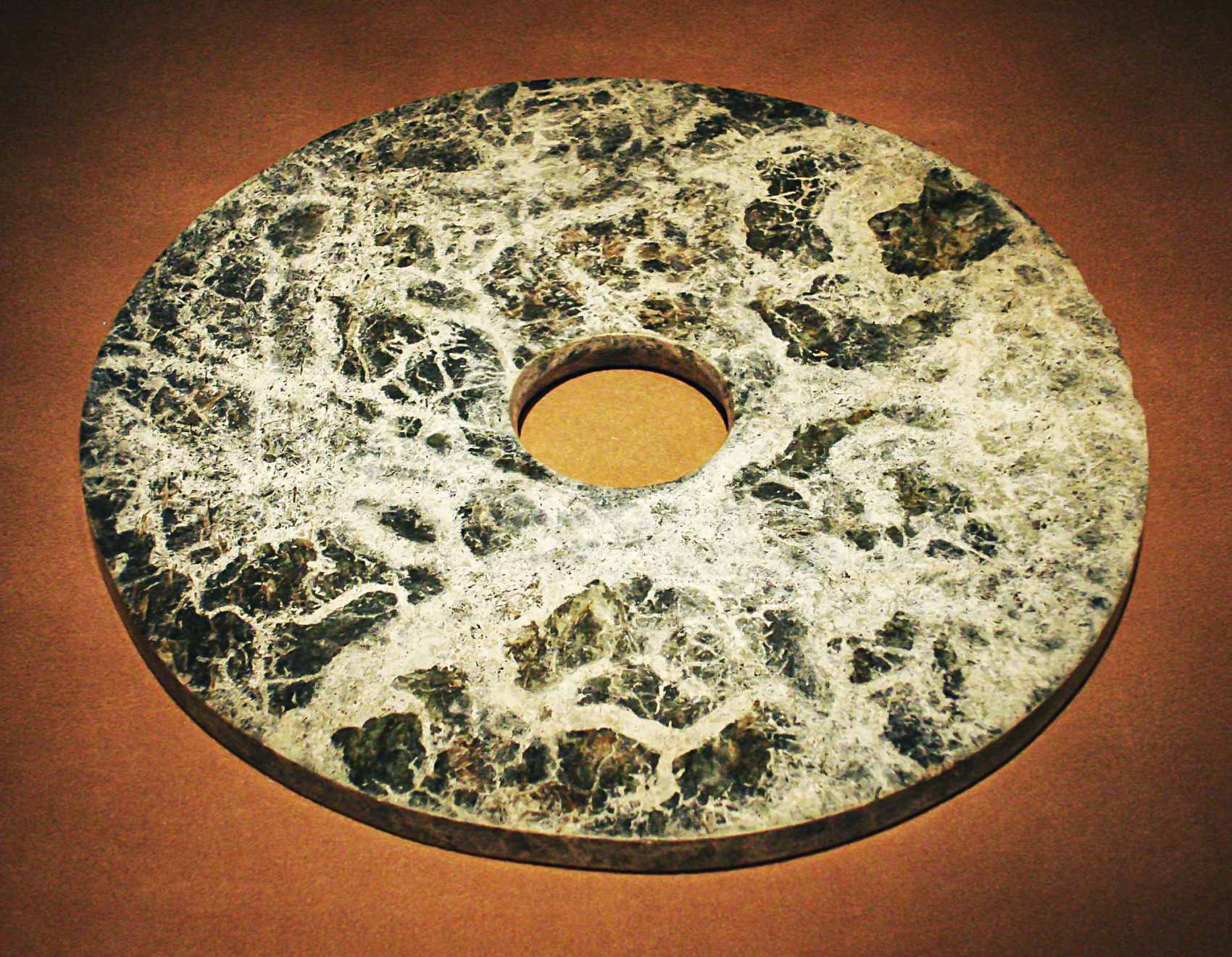
The Jade Discs – ancient artifacts of mysterious origin
The Liangzhu culture is renowned for its burial rituals, which included placing their dead in wooden coffins above ground. Besides the famous wooden coffin burials, another astounding discovery from this ancient culture was the Jade Discs.

These discs have been found in over twenty tombs and are thought to represent the sun and moon in their celestial cycle as well as underworld guardians. However, the mystery surrounding these Jade Discs has led many archaeologists and theorists to speculate various fascinating theories; and the actual purpose of these strange discs is still unknown.
The Liangzhu culture and the Jade Discs
The Liangzhu culture flourished in China’s Yangtze River Delta between 3400 and 2250 BC. According to the findings of the archaeological excavations in the past few decades, members of the culture’s upper class were interred alongside objects made of silk, lacquer, ivory and jade—a green mineral used as jewellery or for ornaments. This suggests that there was a distinct class divide during this time period.
The Chinese bi Discs, usually referred to simply as Chinese bi, are among the most mystifying and fascinating of all the objects that were manufactured in ancient China. These large stone discs were affixed to the bodies of Chinese nobility beginning at least 5,000 years ago.

Later instances of bi discs, typically made from jade and glass, date back to the Shang (1600-1046 BC), Zhou (1046-256 BC), and Han periods (202 BC-220 AD). Even though they were fashioned from jade, a very tough stone, their original purpose and method of construction remain a mystery to scientists.
What are bi discs?
Jade, a precious hardstone composed of several silicate minerals, is frequently utilised in the creation of vases, jewellery, and other decorative objects. It comes in two primary varieties, nephrite and jadeite, and is typically colourless unless contaminated with another substance (such as chromium), at which point it takes on a bluish-green hue.
The Jade Discs, also known as bi discs, were crafted by the Liangzhu people of China in the late Neolithic Era. They are round, flat rings made of nephrite. They were found in practically all significant tombs of the Hongshan civilization (3800-2700 BC) and survived throughout the Liangzhu culture (3000-2000 BC), suggesting that they were immensely significant to their society.
What were bi discs used for?
The stones were positioned prominently on the corpse of the deceased, typically close to the chest or stomach, and frequently included symbols related to the sky. Jade is known in Chinese as “YU,” which also signifies pure, wealth, and honourable.
It is puzzling why the ancient Neolithic Chinese would have chosen Jade, given that it is such a difficult material to work with due to its hardness.
Since no metal tools from that time period have been discovered, researchers believe they were presumably manufactured using a process called brazing and polishing, which would have taken a very long time to complete. Therefore, the obvious question that arises here is why would they go to such an effort?
One possible explanation for the significance of these stone discs is that they are tied to a deity or deities. Some have speculated that they represent the sun, while others have seen them as a symbol of a wheel, both of which are cyclical in nature, much like life and death.
The significance of the Jade Discs is evidenced by the fact that in war, the vanquished party was required to deliver the Jade Discs to the conqueror as a gesture of submission. They were not merely ornaments.
Some people believe that the mysterious story of the Dropa Stone Discs, which are also disc-shaped stones and are said to be 12,000 years old, are connected to the story of the Jade Discs. The Dropa stones are said to have been discovered in a cave in the mountains of Baian Kara-Ula, which are located on the border between China and Tibet.
Were the Jade Discs found in Liangzhu really connected to the Dropa Stone Discs in some way?

Archaeologists have been scratching their heads over jade discs for ages, but because they were crafted during a time when there was no written records existed, their significance is still a mystery to us. As a result, the question of what the significance of Jade Discs was and why they were created is still unresolved. Moreover, no one can confirm for now whether the Jade Discs were related to the Dropa Stone Discs or not.
To know more about the mysterious Dropa people of the high altitude Himalayas and their enigmatic stone discs, read this interesting article here.